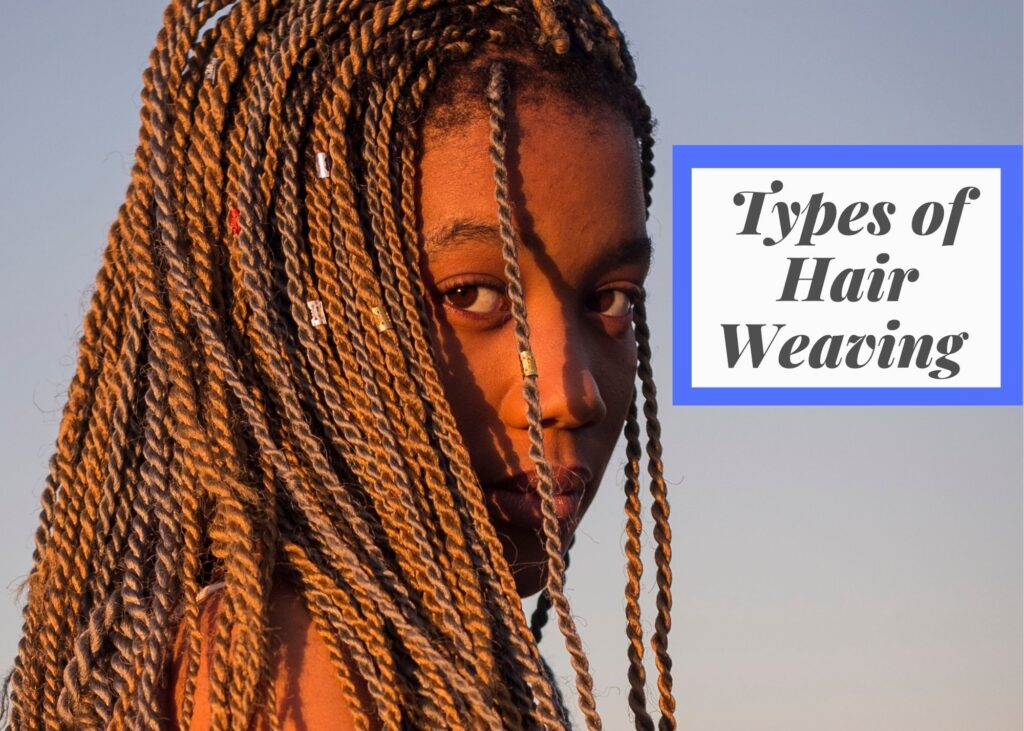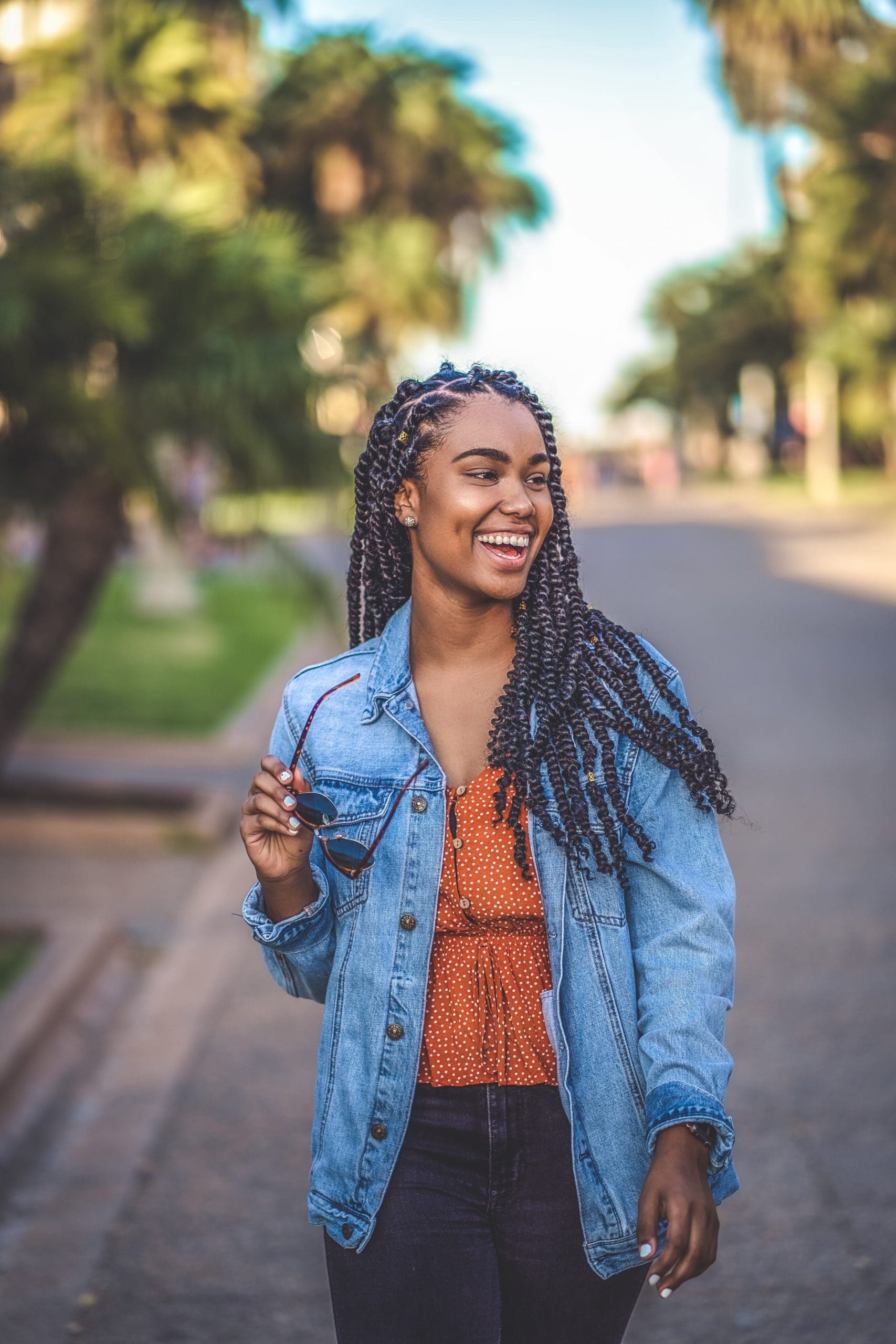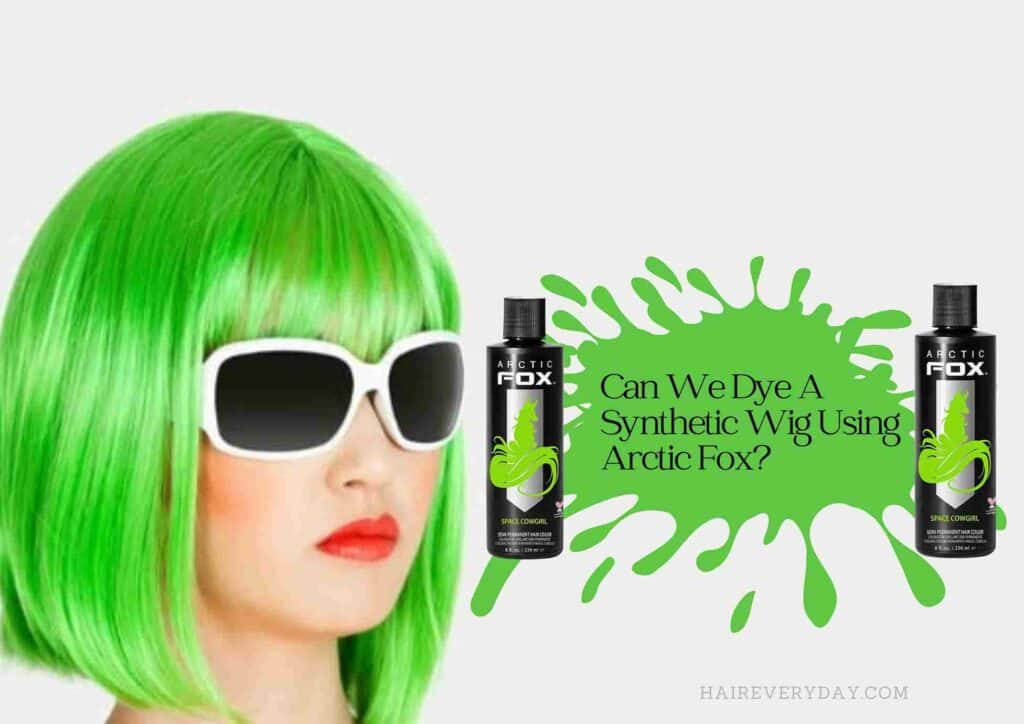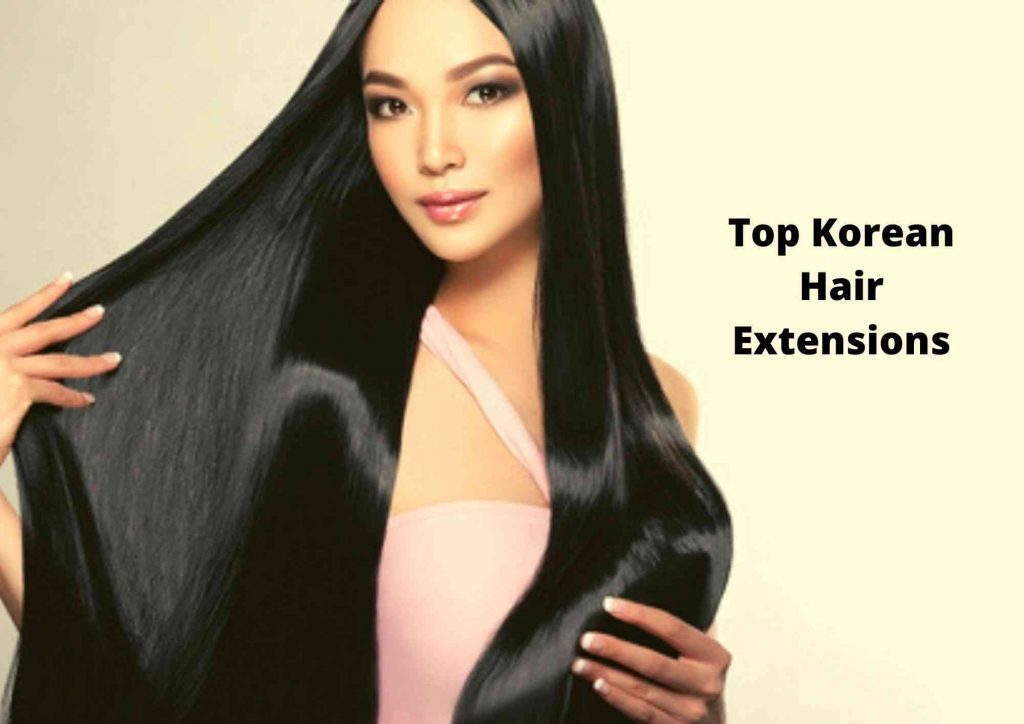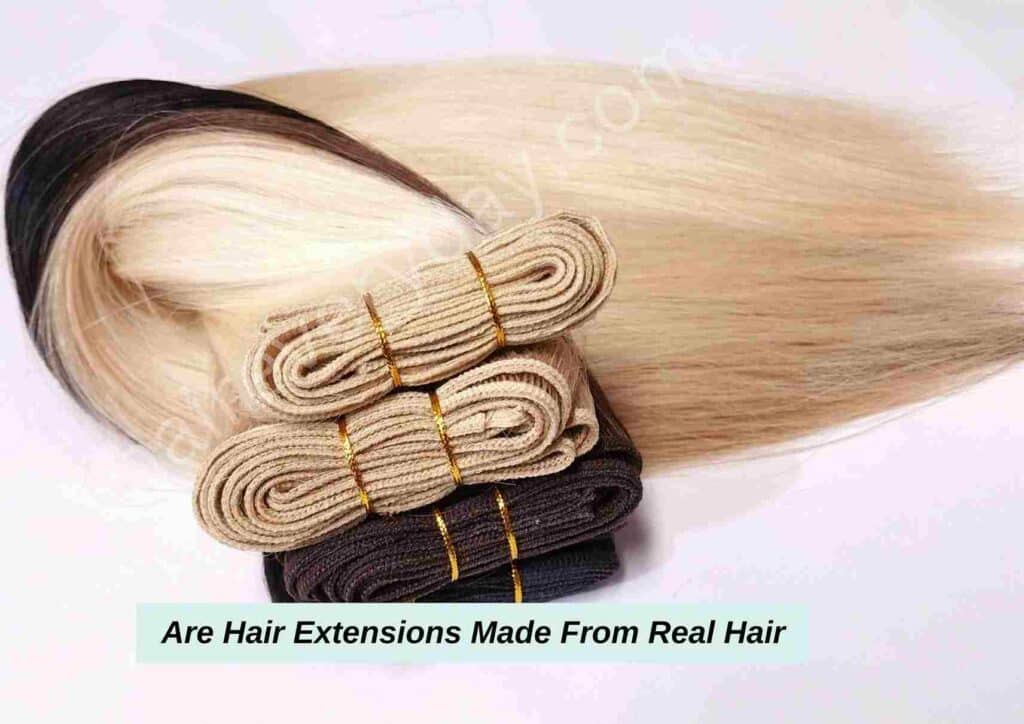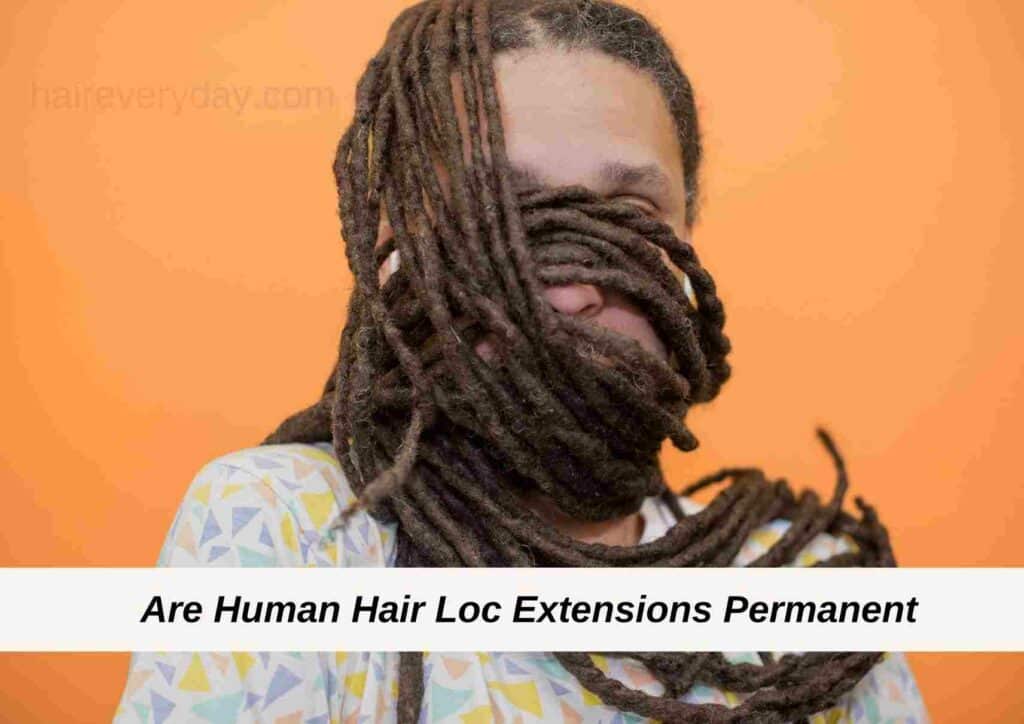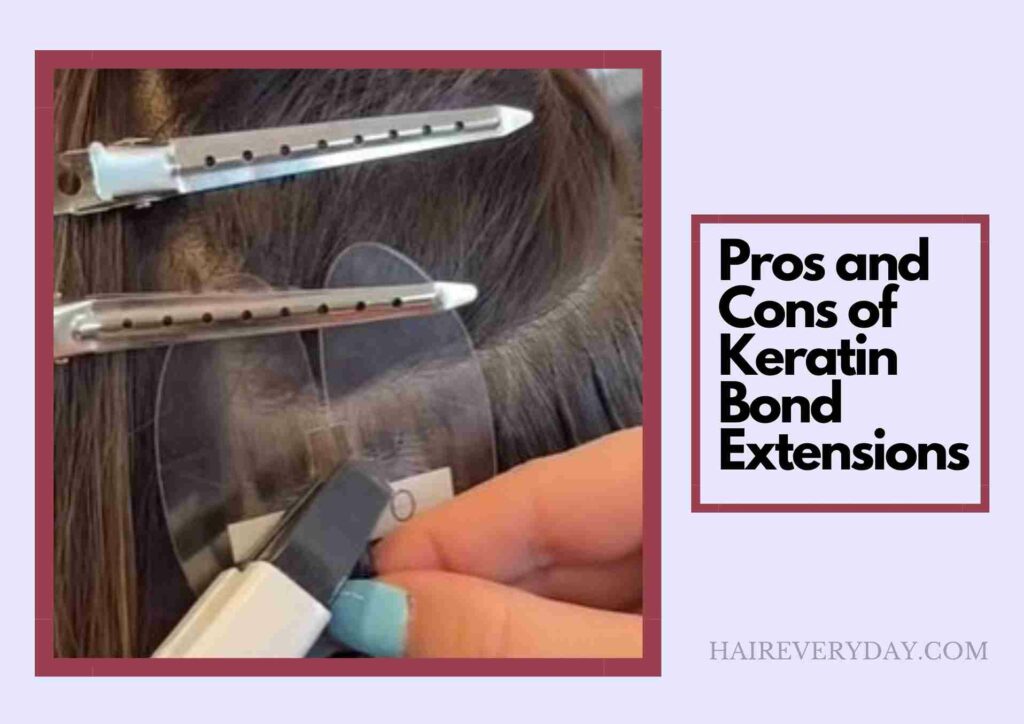The different types of Hair weaving techniques are discussed including sew-ins, lace-fronts, drawstrings, etc. for different textures of hair.
There are a lot of options available to combat hair loss and hair weave hairstyles is one of the most favored ones.
Many of us don’t really wanna go through surgical procedures when we start losing the volume on our hair due to hair loss. It can be really painful as well as expensive.
Hair weaving is a non-surgical procedure that helps in increasing the amount of hair on your head.
In this technique, hair extensions are attached to the existing hair with the help of hair clips or other appliances.
What are the different types of hair weaves?
Different types of hair weaves include the sew-in weave, where hair is braided into cornrows and extensions are sewn in; the glue-in method, which uses adhesive to attach wefts of hair; clip-ins that can be easily attached and removed; tape-in weaves that use double-sided tape; and micro-link weaves, where small sections of the natural hair are looped through the weave and clamped with beads. Each type offers varying levels of durability, natural appearance, and ease of maintenance, catering to diverse styling needs and preferences.
Key Takeaways:
| Types Of Hair Weaving | Who Should Try It | Our Rating |
| Sew-in Weaves | Physically active women | 4/5 |
| Fusion Waves | Women who like trying different hairstyles | 4.5/5 |
| Glue In Weaves | Women looking for a quick, short term fix | 3.5/5 |
| Drawstring Weaves | Women with damaged hair | 4/5 |
| Interlocking Weaves | Women looking or long-lasting weaves | 4.5/5 |
| Lace Front Weaves | Those who want a natural look | 4/5 |
Types Of Hair Weaving
Sew-in Weaves

These types of weaves are best done at a salon by a professional because of their complicated nature. It is also much more time-consuming and requires professional skills to attain perfection. Usually, it takes around three to four hours to finish this kind of weaving.
These weaves are created using real and synthetic hair and they come in a variety of textures like straight, curly, and wavy. The stylist sews the extensions into the hair which is braided tightly into the scalp.
This is a great choice for people who participate in a lot of physical activity like exercising, dancing, or sports since it stays in place. It gives you a natural look as compared to other weaves.
This is one of the easiest to maintain and you don’t have to pay much attention to it. You only have to wash your hair every week and a half.
Ideally, it should last for up to six to eight weeks. It is not recommended to keep it after that because they might cause a lot of damage to the hair and issues on the scalp like product and oil buildup, irritation, and hair breakage.
Fusion Waves

In this type of weave, the extensions are fused with natural hair. It is done using two methods, hot and cold methods. Each extension will be attached separately by a stylist and it is important to be skilled at this technique to get a neat result.
This hair weaving method does not restrict your hair and gives you complete freedom to style it however you want since there are no braids, wefts, tracks, and nets. You don’t have to worry about damaging your hair or shortening the lifespan of the weave even after you style it.
Keratin glue is used to bond the extensions with your natural hair according to the hot method. The stylist melts the keratin base with a fusion hair iron on low heat and wraps it around a small section of hair. This helps in installing the extensions.
Hot fusion techniques ensure that the weaves last for up to six months. However, this technique is not recommended for thin hair since the weight of the glue and weave will weigh down the natural hair and cause breakage.
According to the cold method, micro ring beads are used to fix the extensions to the hair with the help of an ultrasound device and keratin-based polymer. The beads are securely fixed to your natural hair using a hair extension plier.
This is the latest technology in fusion weaving and has proved to be gentle on your hair and scalp as compared to the rest of the methods.
Related: Best Shampoo For Weaves
Glue In Weaves

As the name says, Glue in weaves uses the help of a particular type of glue to attach the extensions to your hair. The glue is applied onto the hair weft or tracks and then on the natural hair or protective hair cap.
This is a favorite technique of those who like to weave their hair at the comfort of their home since it is easier than the rest of the weaves.
The most important factor to consider while using this technique is the quality of the glue. Since the glue could be made up of harsh chemicals, it can harm your scalp and cause irritations.
A high-quality bond adhesive that has been formulated specifically for hair weaving should be used for this.
Glue-in weaves are fairly easy to install but it is important to be patient and careful while taking them off.
It is very likely to damage your hair and experience breakage if you do not remove the glue in weaves carefully and cautiously. It is also important to have a glue-remover at your disposal while removing your glue-in weaves.
These weaves don’t usually last for more than two weeks so if you are looking for something long-lasting, you might want to check out other types of weaves.
They are a fast and easy way to increase the volume of your hair and with little care and patience, your hair can transform beautifully.
Drawstring Weaves

This type of weaves has been popularised by celebrities such as Arianna Grande who has made this statement look.
The famous long sleek ponytail is a result of drawstring weaves. In this method, you do not have to attach the extension to your scalp.
Rather, it is usually attached to your hair as a temporary solution to increase the volume and length.
This type of weaves is usually made up of synthetic materials and is attached using hair combs and elastics drawstrings.
You just have to make sure that the extension is secured tightly to your head since it is prone to getting loose and detaching from your head.
If you are worried about damaging your hair after using weaves, this is a good option. The damage caused is way lesser than the rest of the weaves since this is a temporary attachment and they do not use harmful material or methods to secure the extensions.
The ponytail or the extension usually has a comb attached to it which helps in fixing it to your natural hair and securing it tightly. There is a string also which helps in tightening the ponytail and you could just wrap the string and hide it between the ponytail for a sleek finish.
Interlocking Weaves

Unlike sew-in weaves, interlocking waves do not need those tights, braids, or cornrows to fix the weaves. It is always a good idea to approach a stylist to do interlocking weaves but you could always do it at the comfort of your home.
You might find it difficult in the beginning to fix these but eventually, you will get the hang of it.
The key is to blend your natural hair seamlessly with your extension. A well-experienced stylist or hairdresser can help you achieve this natural look. There is a micro-thin weft that is sewn onto the hair that leaves it looking natural.
It becomes almost hard for people to figure out if you got a weave or not. You can also run your fingers through your hair without worrying about catching them on the weft or pulling them out.
This is also a very tight and long-lasting weave that is less likely to loosen or fall out. So it is a great choice for people who engage in a lot of physical activities like working out, sports, dancing, etc.
Lace Front Weaves

This weave can only be parted out one or two ways in the front. It has a hairpiece similar to the scalp.
It is made of human hair that is sown on the crown of the weave. There is a lace closure that is aligned with the hairline. They only have a few differences from the traditional sew-in weaves.
It is recommended to get it done by a trained and experienced stylist or hairdresser so that it is done perfectly to ensure the natural look and longevity of the weave.
You will likely face hair loss, especially around the nape of your neck if the weaves are not fixed properly.
These are relatively cheaper than Lace front wigs, they look like natural hair. You also need to maintain it properly to make sure that it stays neatly for about three months until the natural hair starts getting longer.
How to maintain weaves?
It is important to take proper care of your weaves to ensure longevity and less damage to your natural hair and scalp. Issues such as excessive oil and product buildup, irritation, hair fall, etc can arise in the absence of proper aftercare.
- Cleaning- It is common to have product buildup or oil buildup on your hair after getting weaves so this could lead to poor hygiene and cause infections. It is also important to completely dry your weave since it could lead to bacterial and fungal infections on your scalp.
- Moisturising- Use a good conditioner since your extensions are likely dried up. The natural oils on your scalp doest reach your weaves. You can also use a leave-in conditioner to your roots to avoid tangling.
- Grooming- The different types of weave have different grooming requirements, however, it is a good idea to visit your stylist every two to four weeks to groom and freshen up your weave.
- Removing Tangles- Do not comb wet hair since it could cause breakage. You should use a wide-toothed comb to gently comb your hair without pulling your weaves.
Side Effects of Hair Weaving
While a lot of people swear by hair weaving we won’t deny that there aren’t side effects to this procedure. Here are some problems you can face if you’re going to try weaves.
Do not blend well: If done by amateurs or in case of really thin hair, the bands on the hair weaves can be spotted easily. This can be awkward and make people uncomfortable.
Traction Alopecia: The problem with weaves is that your hair gets tugged and pulled at the roots while on application. This force and friction can lead to traction alopecia where hair is lost in large amounts.
Cannot be cleaned easily: Unlike a wig, weaves cannot be taken off daily for cleaning. If you apply a large number of products like hairspray or creams, or if you have an oily scalp, this can lead to problems. It can cause scalp issues like dandruff, folliculitis, and more.
Why You Should Trust Haireveryday?
The author of this article, Leah Marie Priest has a degree in Cosmetology with years of experience in dealing with hair care, scalp care, and hairstyling. As someone who extensively deals with all kinds of hair textures, products, styling methods and more, hair Leah Marie knows what kind of products and procedures suit each hair type and person. We have also tested these hair products and processes ourselves to provide you an unbiased review about every product. Each of our articles are also reviewed by a team of medical professionals so that you get the most accurate and expert-reviewed information.
And those were the top types of hair weaving which are popular. We suggest going to a hair weaving expert to get the best results. But if you want to do it at home, make sure you practice several times first.
Using the right tools for hair weaving like clips, threads, needles, etc. is also very important. Weave hairstyles not only look good, but they protect your tresses too.
Also Read:
Best virgin hair vendors on Aliexpress
To Summarize

